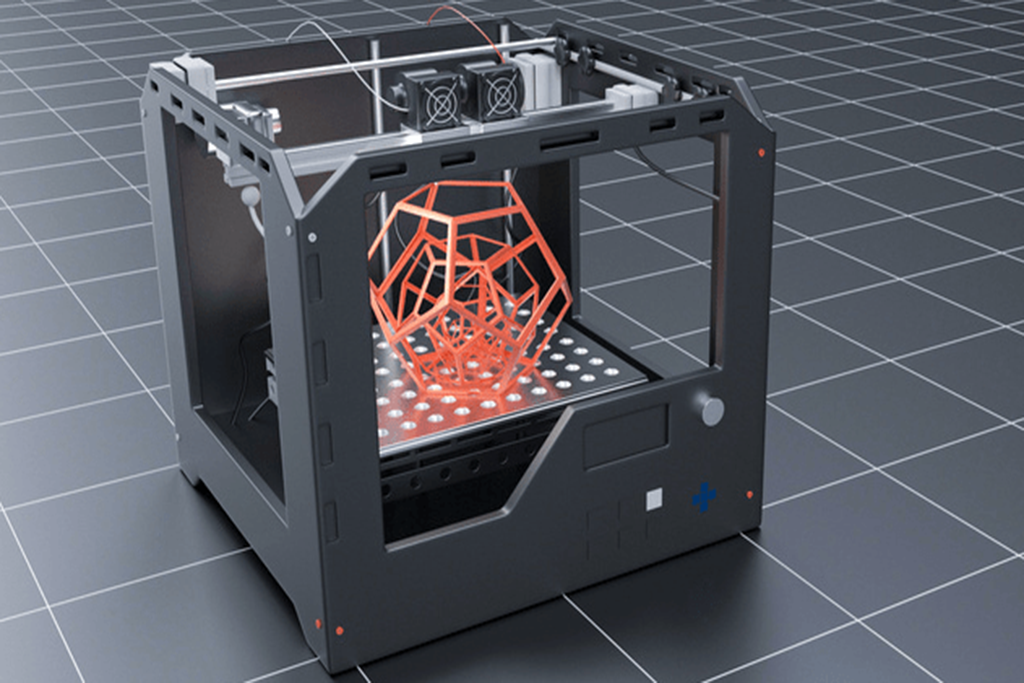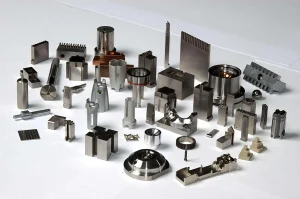In recent years, 3D printing technology has achieved rapid development, and its application scope has expanded to many fields. Among them, plastic, as a common and widely used 3D printing material, has become an ideal material for making various models, parts and prototypes due to its many advantages such as light weight, strong durability and low cost.

In 3D printing technology, the most well-known plastic materials include ABS, which is a copolymer formed by the combination of acrylonitrile, butadiene and styrene, as well as PLA, which is polylactic acid, and PETG, the full name is polyethylene terephthalate. ABS plastic is widely used as the main material for 3D printing due to its excellent strength and wear resistance.
It has excellent mechanical properties and processing convenience, which can make the surface of the printed objects smooth and delicate. However, when using ABS printing, we need to pay attention to the small problem of edge warping.
In addition to the three widely used plastic materials mentioned above, the 3D printing field has also accepted some unique plastic materials, such as TPU, which is thermoplastic polyurethane, and TPE, whose full name is thermoplastic elastomer. Both plastics have soft and elastic properties, so they are very suitable for printing products that require flexibility, such as mobile phone cases and shoe soles.
PETG plastic is a glycol-modified version of PET. It is a transparent non-crystalline plastic with a light transmittance of up to 90%. It is one of the few transparent 3D printing filaments. It is basically odorless when printing and has printability close to PLA. PETG plastic combines the advantages of ABS and PLA, has high toughness and good chemical resistance, and is suitable for printing food containers and mechanical parts.
In addition to the three commonly used plastic materials ABS, PLA and PETG, 3D printing also accepts special plastics such as TPU (thermoplastic polyurethane elastomer) and TPE (thermoplastic rubber elastomer). These materials are all soft and elastic, and can print flexible products such as mobile phone cases and shoe soles.
In short, there are many kinds of plastic materials used in 3D printing, and each material has its unique advantages and scope of application. When choosing plastic materials, we need to make comprehensive considerations based on specific needs and choose the most suitable material to print satisfactory objects.






